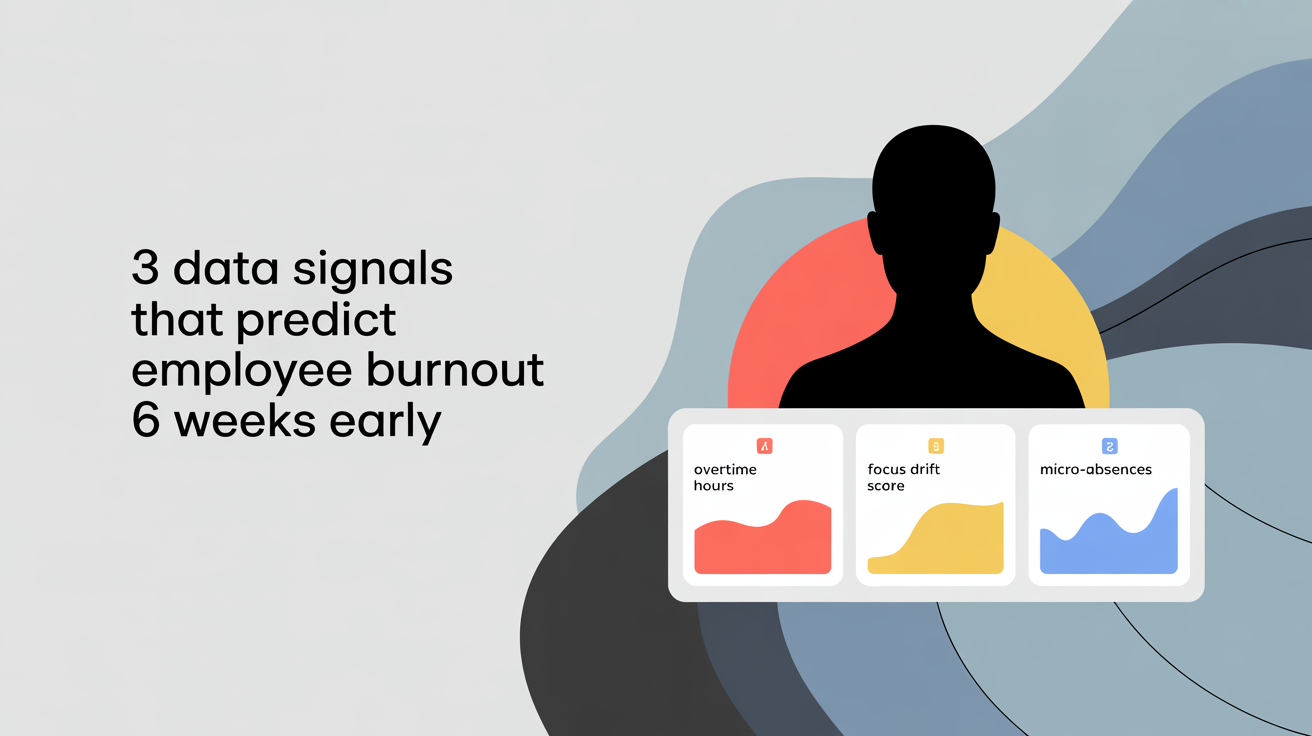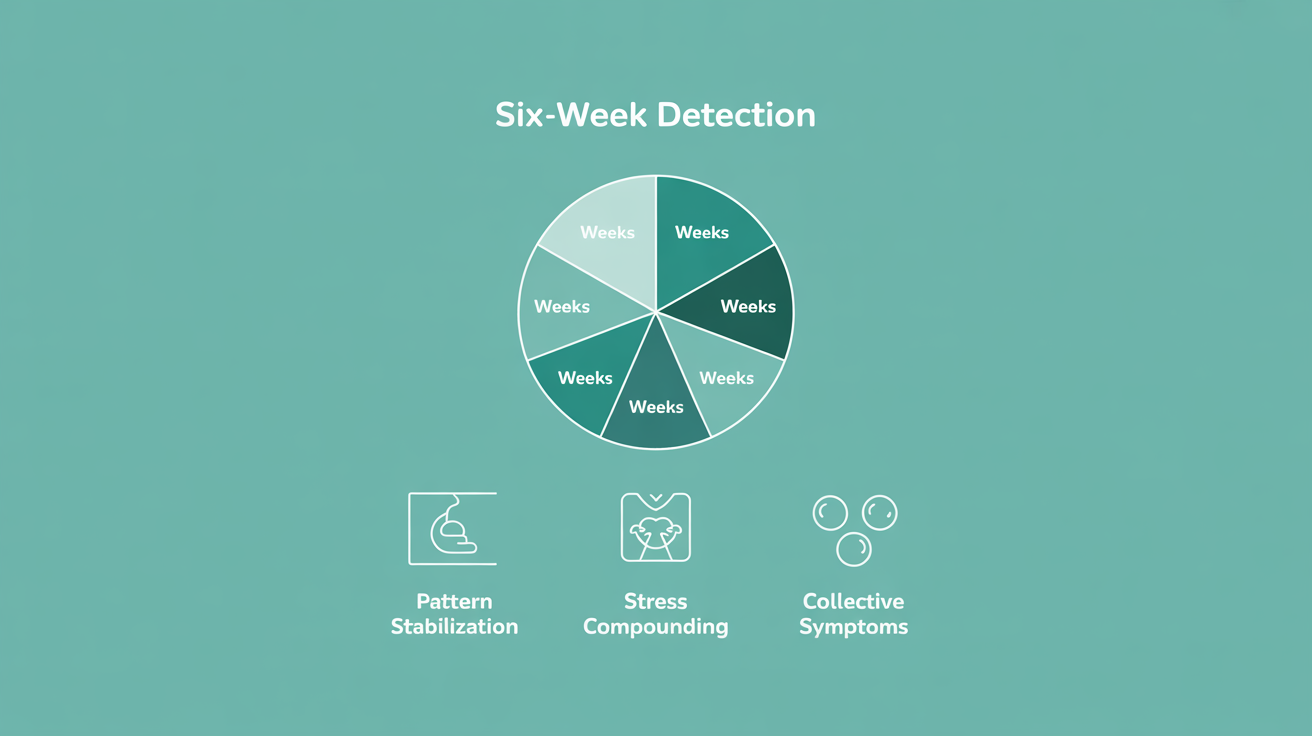3 Data Signals That Predict Employee Burnout 6 Weeks Early (And How To Act On Them)

Key Takeaways
-
Over time, focus drift, and micro-absences are the 3 essential signals of burnout
-
6 weeks is optimal to identify employee burnout; the earlier the better.
-
Transparent dashboards, empathy, and clear communication are key to preventing burnout.
A few months ago, one of my best engineers just went AWOL for a month due to burnout. It gave me the shocking revelation about how inefficient I was in managing my team.
Since then, I have never overlooked burnout prevention and treated it like a measurable system.
Here are the 3 data signals I trust most to nip it in the bud!
The 3 Signals I Look at to Identify Burnout
Over time, focus drift, and micro-absences - I have taken these 3 as my indicators. You will soon find out how.
1st Signal: Chronic Overtime is where it all Starts
We all know that overtime can be a slow poison. But the signal isn’t just extended hours. It’s when excess hours accumulate over several weeks, or appear when the team assumes the workload will stabilize.
From my experience, I found out that close to 20% of overtime for 3/4 weeks proves to be fatal.
Monitor overtime trends to spot early burnout signs
What I Started Measuring
- logged work hours vs. assigned/expected hours
- After-hours sessions
- Skipped breaks or no-lunch stretch blocks
- Over time, in consecutive weeks
What I Do When I See It
- Schedule a quick check-in
- Rebalance the workload or postpone low-priority tasks
- Enforce a mandatory rest day
- Watch if the pattern repeats
2nd Signal: Declining Focus Consistency
Burnout doesn’t start with exhaustion - it starts with fragmentation. People who once worked in flow begin switching tabs and apps every few minutes.
What I Started Measuring
- Productive vs. idle time ratio
- Number of app or tab switches per hour
- Average duration of deep-focus sessions
What I Do When I See It
- Remove unnecessary meetings
- Encourage dedicated deep work blocks
- Ask about personal stress factors
- Follow up in a week to see if focus stabilizes
Measure focus shifts to keep productivity steady
3rd Signal: Absenteeism and Micro-Break Drift
Burnout rarely arrives with an announcement. Longer breaks, late logins, and unplanned leaves are all symptoms of a deeper story. When these patterns cluster, they predict disengagement.
What I Started Measuring
- Spike in micro-absences or idle gaps
- Late starts or regular short breaks
- Unplanned PTO or postponed vacations
What I Do When I See It
- Start with a genuine check-in and follow-up sessions
- Offer flexibility
- Encourage real-time off-recovery as part of performance
- Monitor the team environment
Why 6 Weeks Is the Optimal Window to Detect Burnout Early
If I wait until someone misses time or flags HR, I’m already reacting, not preventing.

Why 6 weeks? Because at the 6-week mark:
- Patterns stabilize to form consistent trends
- Stress compounds before reaching the point of no return
- Collective symptoms emerge throughout the team
How I Put Together All Metrics into A System
Promote transparency to build trust and openness
What Happened When I Started the Burnout Prevention System
When I first introduced this system, I was nervous. Would people think it was surveillance?
Surprisingly, it did the opposite. Because I was transparent, the team saw it as a support mechanism, not a control system.

After a while, my employees kept coming back to me when they noticed any oddities in their work patterns. That’s when I knew this wasn’t about data anymore. A simple act of visibility broke all the barriers between my employees and me.
Final Thoughts
I want to share just one last thing: Data is merely a tool on how to prevent burnout before it’s too late. The final conclusion will depend on how to act with the data.
So, empathize with your employees and show them the way forward!
